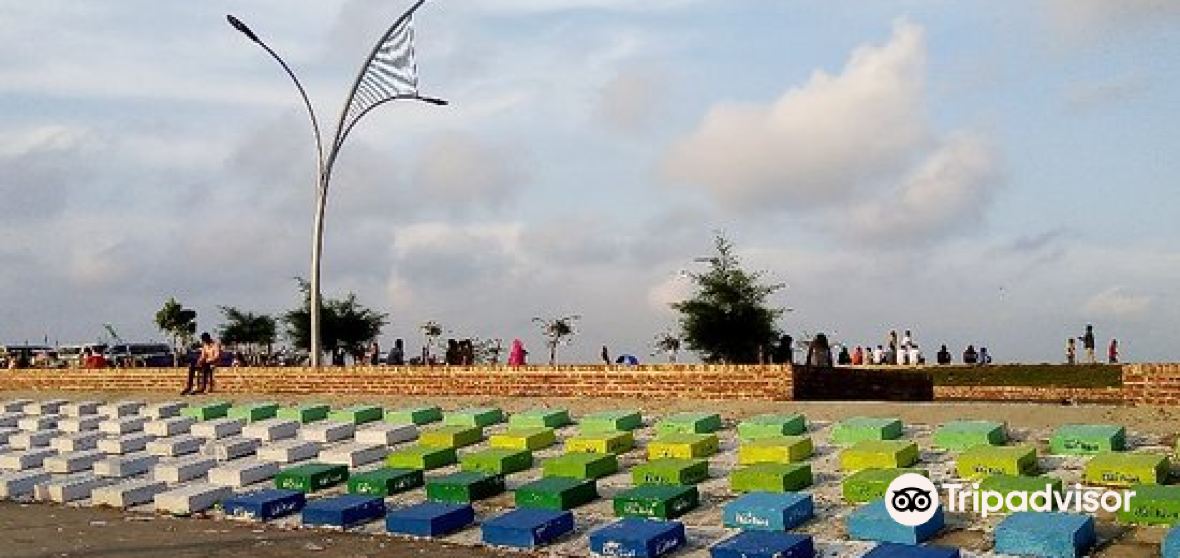Straight Bridges May Be Faster but Curved Ones Could be More Cost-Effective
A straight bridge provides the most direct route between two points since the shortest distance is a straight line. However, curved bridges may be more cost-effective in some situations. While a straight bridge would be shorter and allow for a higher speed limit, construction costs depend on the terrain. If a curved route avoids areas with difficult foundations like water or unstable rocks, it could end up being less expensive to build despite being longer. Engineers must weigh these trade-offs of time, cost, and safety for each unique project.

Factors to Consider for Bridge Design and Construction
Many factors influence whether a straight or curved design is best for a particular bridge project. Key aspects to evaluate include the elevation change, underlying geology, transportation needs, and budget. Steep slopes may require gradual curves for safety, while flat terrain allows a direct straight span. The soil and rock conditions underneath also dictate foundation costs, with unstable areas driving up expenses. Designers must understand projected traffic volumes and desired travel speeds to set the proper alignment. Available funds then determine which feasible option can be realized given project constraints.through complex analysis and modeling before finalizing the optimal bridge type.
Community Input Helps Ensure Design Meets Local Needs
Getting public input early in the process helps address community concerns that could otherwise stall or halt a project. Residents living near the bridge endpoints should have a chance to provide guidance on issues like visual impacts, disturbance during construction, and future development plans that may influence the chosen design approach. Local leaders representing these stakeholders can work with engineers to define requirements like transportation connectivity which shape whether curves or straight sections work best practically and socially. With open communication and compromise, tensions over “nimbyism” versus necessary infrastructure growth are less likely to emerge.
Environmental Reviews Evaluate Impacts to Surrounding Ecosystem
Both curved and straight bridge types could affect surrounding habitat and wildlife in different ways. Regulatory agencies require evaluations of potential impacts like disruption to water flow patterns or migration routes from the structural footprint in rivers, oceans, or wetlands. Temporary impacts during construction like noise, vibration, and pollution must also be considered. Mitigation measures may be needed like restricted work hours, erosion controls, or plans to transplant affected plant and animal species. Publicly sharing results helps address ecological concerns upfront and gain support. Overall the design and location yielding the fewest long-term impacts is preferable.
Detailed Engineering Assessments Certify Bridge Safety
Only after studying the unique conditions can engineers feel confident a given bridge type is structurally sound. Curved bridges require more intricate structural modeling to prove they can withstand predicted loads without buckling or collapsing. Dynamic analysis looks at resonances from wind and vehicle traffic. Foundations for either option must be engineered not to fail even in flood or seismic events. Independent experts thoroughly review the plans and construction process to issue safety certifications. Ongoing inspection and maintenance regimes are also outlined to catch any issues early over the 50+ year design life. Public safety is the top priority driving all engineering judgements.
Cost-Benefit Analysis Compares Lifetime Expenses of Options
While upfront construction costs garner most attention, the total lifecycle costs are what ultimately matter. Both curved and straight bridges will require periodic repairs, resurfacing, and eventual full reconstruction. Engineers develop maintenance and replacement schedules factoring in the specific design, materials used, and local weather patterns. Comparing these projected lifelong expenses to each option’s construction price reveals the true budget implications. Intangible benefits like travel time savings must also be calculated and weighed against costs to society. Only after a detailed cost-benefit analysis can decision makers feel confident the recommended bridge type provides overall best value.
Public Outreach Gathers Feedback on Draft Plans
With engineering, environmental, and financial aspects addressed, preliminary designs are shared with the community. Public open houses, online comment periods, and meetings with concerned groups allow residents to provide feedback before plans are finalized. Common questions center around aesthetics, impacts, and overall necessity. Addressing these concerns head-on builds understanding and support. Suggested changes are also evaluated for technical and financial feasibility. Two-way engagement with transparency on how input influences the final selection helps gain broad approval critical to expediting the required approvals process.
Regulatory Approvals Obtain Necessary Permits and Agreements
Finalized plans are submitted to regulatory agencies at various government levels for reviews and permits. Expectations for approval center on thorough documentation that all relevant studies were completed to professional standards and significant impacts avoided or mitigated. Agreements may be needed involving multiple jurisdictions over waterways or protected lands. Public comments submitted during the outreach process are also addressed. With patience and compromise, required greenlights can be obtained to finally begin physical construction of the optimally-selected curved or straight bridge design that balances engineering, community and environmental factors.

 Things To Do in Chittagong, Bangladesh
Things To Do in Chittagong, Bangladesh